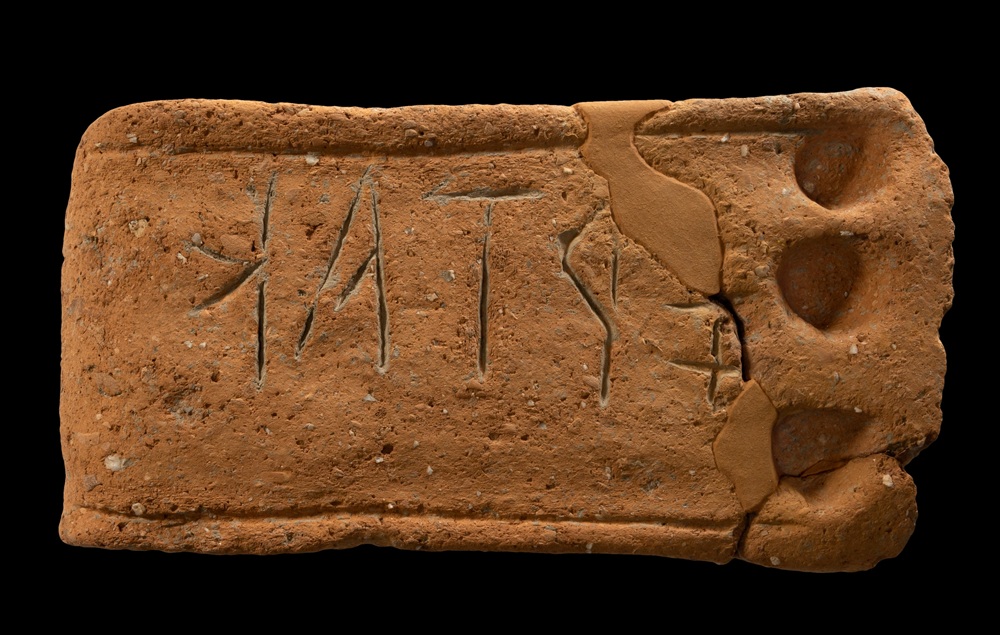
The Archaeological Museum of Heraklion is organizing on Wednesday 23 July 2025, 7 p.m. at the lecture of the temporary exhibition EKATOMPOLIS: The World of Archaic Crete.
The Museum will welcome Donald Haggis, Professor of Classical Archaeology and Nicholas A. Cassas Distinguished Professor of Greek Studies at the University of North Carolina at Chapel Hill, and Director of the Azoria excavations.
The lecture will be given in Greek.
Azoria in Kavousi, Lassithi, opens a window to the understanding of Crete during the Archaic period. It is the only preserved archaic urban centre in Crete, covering the entire crucial 6th century BC. The sudden and orderly manner in which the city was abandoned at the beginning of the 5th century allowed rare evidence of public and private life of the period to be preserved.
Professor Donald Haggis’ talk will shed light on the last decades of the 7th century when the settlement was radically transformed, giving way to a new urban reality, the ‘polis’, with public spaces, new forms of architecture and a clear urban structure.
When is a city born and how can we see it archaeologically?
Date: Wednesday 23 July 2025
Time: 19:00
Venue: Archaeological Museum of Herakleon – Lecture Hall
Free Admission
The lecture will be broadcast live via the Museum’s YouTube channel.
Donald Haggis is Professor of Classical Archaeology and Nicholas A. Cassas Distinguished Professor of Greek Studies in the Department of Classical Studies at the University of North Carolina at Chapel Hill. He is also Director of the excavations at the archaeological site of Azoria, in eastern Crete, under the auspices of the American School of Classical Studies in Athens.
Professor Haggis has been active in research and excavation in Crete for the last forty years, participating in projects of the American and British Schools in Athens, as well as the Ephorate of Antiquities of Lassithi.
His present research focuses on the settlement structure of the Aegean during the Bronze and Iron Ages, with emphasis on the pre-palatial, proto-palatial and early Iron Age in Crete, and on the cultural developments that preceded the emergence of complex societies, such as those represented by the Minoan palaces and Greek cities.
His excavation work has been funded by major organisations, including: National Endowment for the Humanities, National Science Foundation, National Geographic Society, American Philosophical Society, and the Stavros Niarchos Foundation.

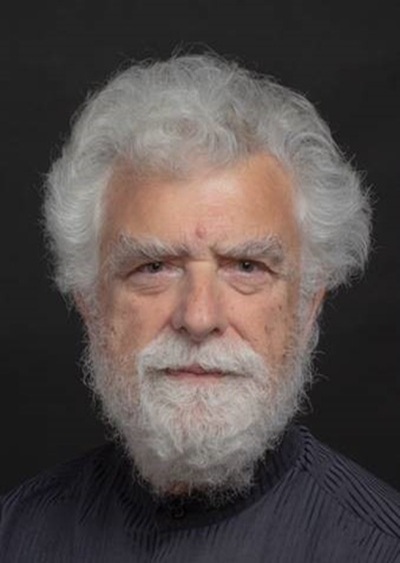
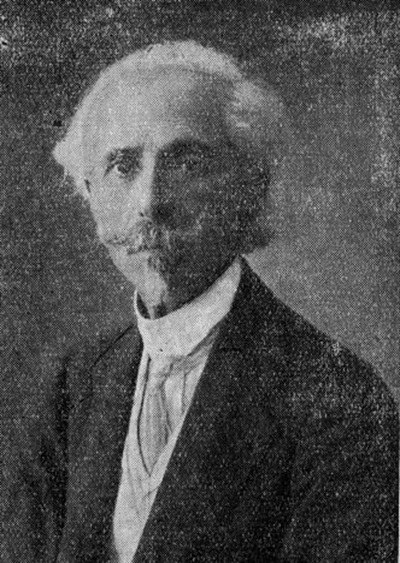
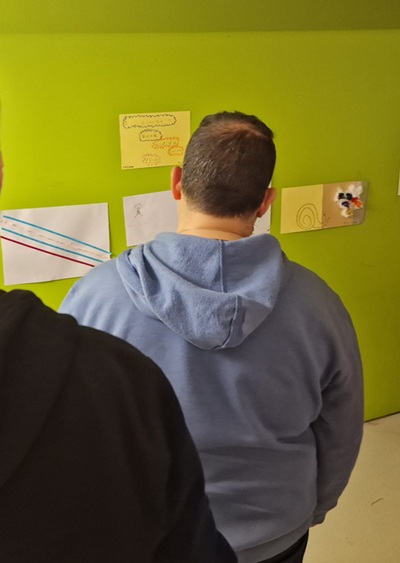
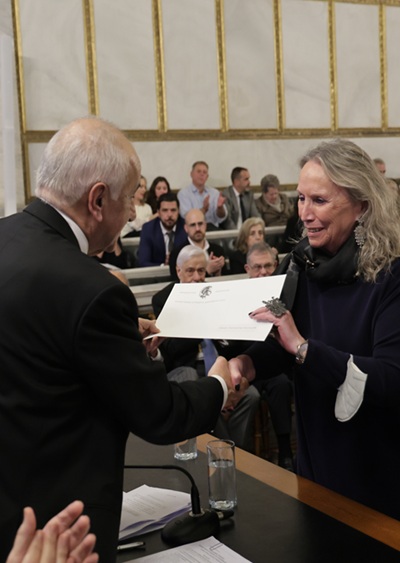


Leave A Comment